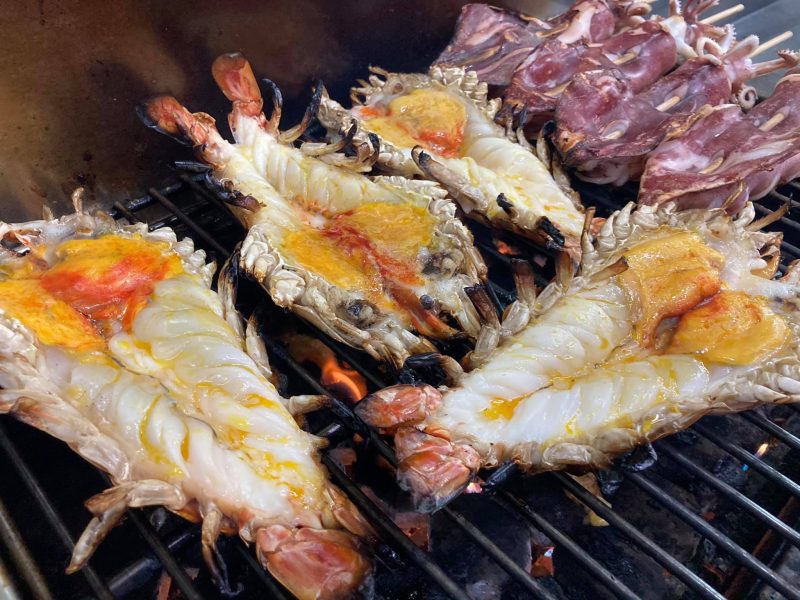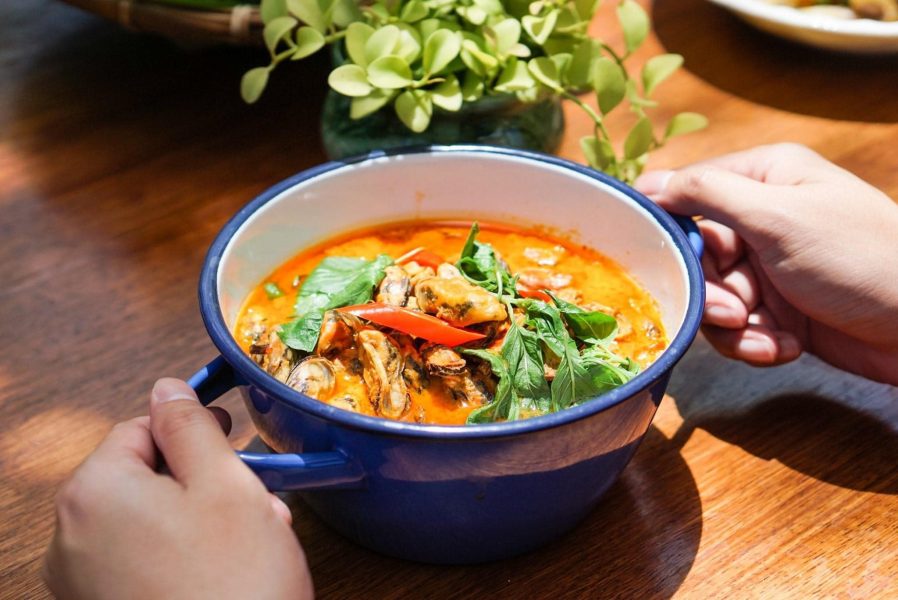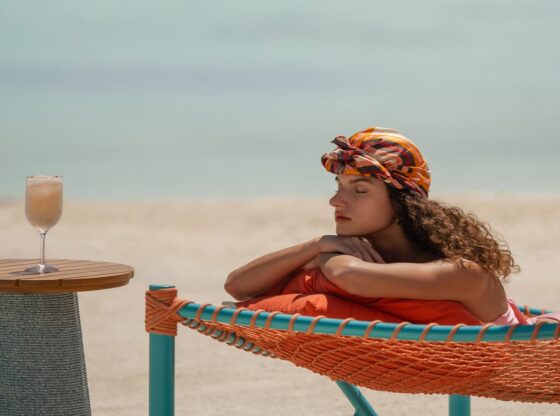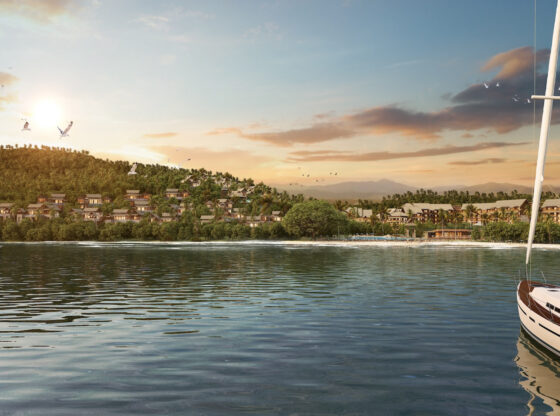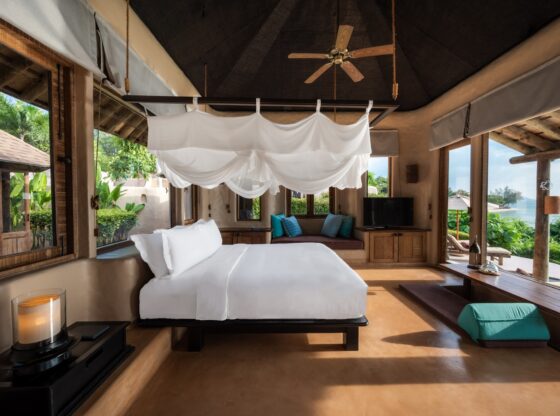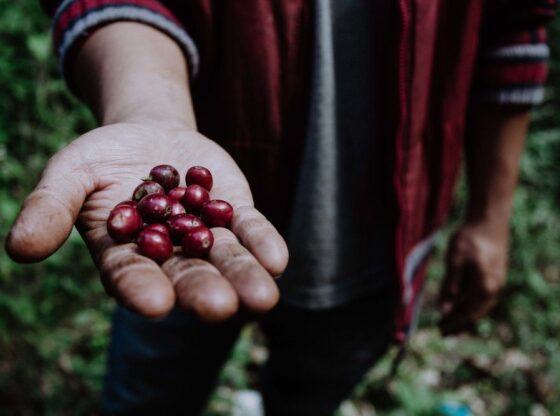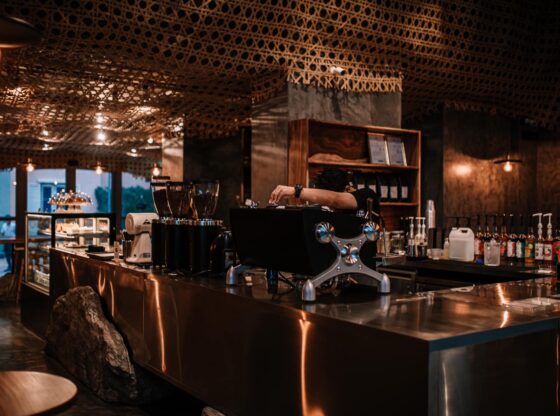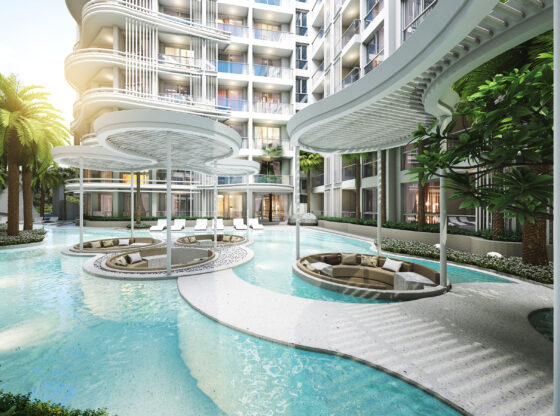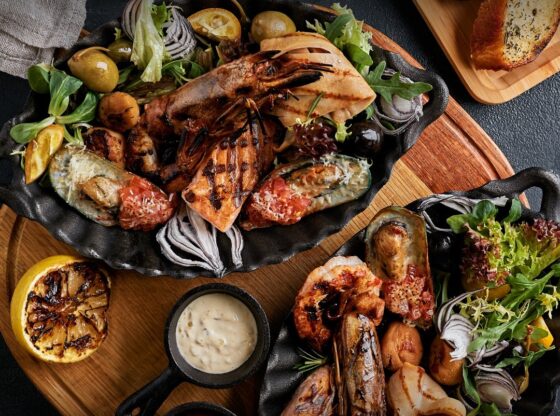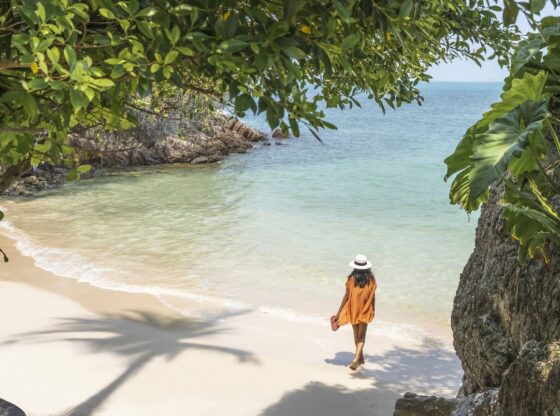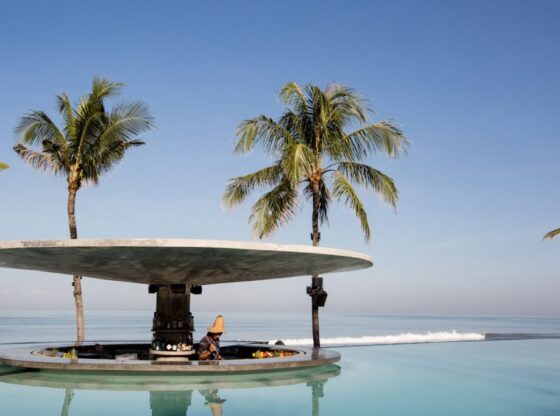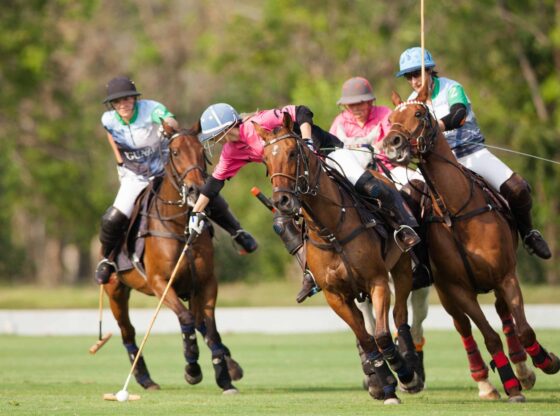![]()
Samut Songkhram in South-Central Thailand lies along the Gulf of Thailand southwest of Bangkok.
An old fishing port at the mouth of the Mae Klong River is famous for being a collecting point for coconuts and rice, however, is most well-known for the Maeklong Railway Market and the Amphawa Floating Market as well as Wat Amphawa Chetiyaram, a grand Buddhist temple on the site of King Rama II’s alleged birthplace.
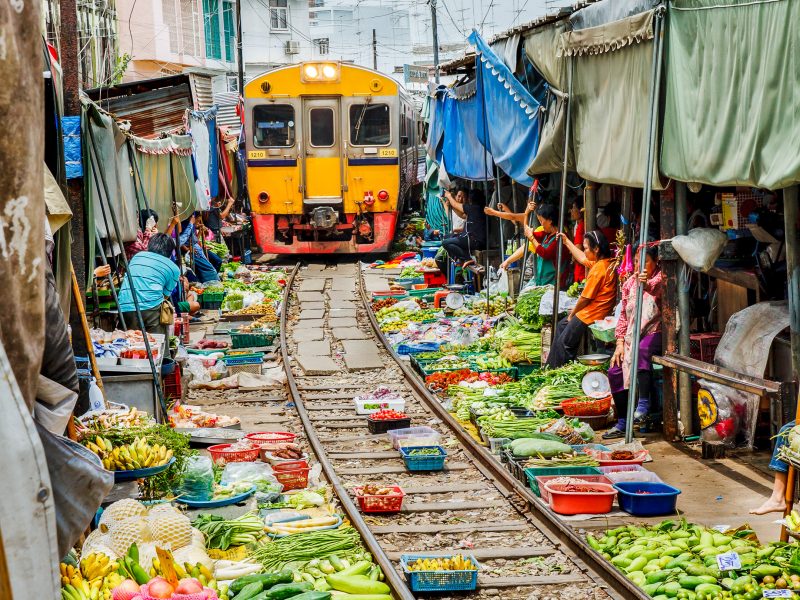
The most iconic Temple in the area is Wat Bang Kung in the Amphawa District, known for its roots and branches of the banyan tree. Over the centuries, it has surrounded and locked the buildings that date from the Ayutthaya period.
After entering Wat Bang Kung you will see the iconic Sanctuary that is hidden under the branches and roots of trees. The shades of Banyan trees will help you find peace of mind and cherish the beauty of nature.
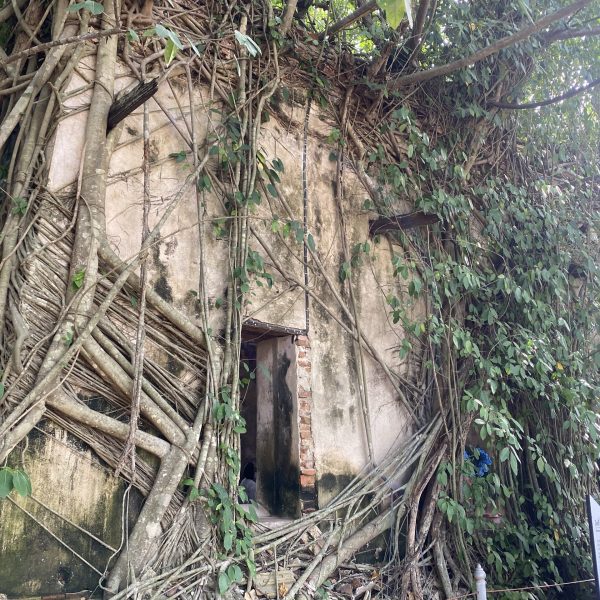
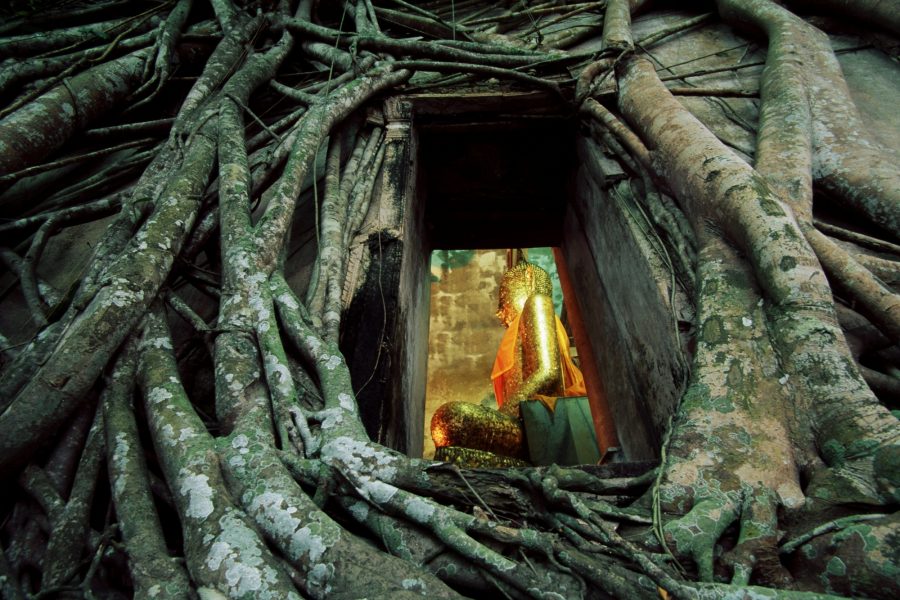
Wat Bang Kung is not only a historical remain, but also a place of commemoration, heroism, and hope and as you take a step back on this ancient route and enjoy the beauty of the old-time you’ll find out more.
Here a fierce battle between Siam and Burmese invaders took place in the 18th century. Today, Khai Bang Kung is both a Buddhist temple and a memorial to heroic warriors.
Bang Kung Camp nearby was once a navy campsite during the reign of King Taksin the Great. Following the second defeat of the Ayutthaya kingdom in 1767, the king relocated his navy to this campsite. A wall was built, making a temple, Wat Bang Kung, the spiritual center of the camp and the physical center. As King Taksin the Great later ordered Chinese soldiers from various provinces to guard the camp, the camp came to be known as Bang Kung Chinese Camp. A year later, Ayutthaya was successfully reclaimed, and the campsite was left deserted for almost 200 years before the Ministry of Education built a shrine to memorialize King Taksin the Great’s achievements.
There is an ordination hall built in the Ayutthaya period within the camp compound and now covered with lush ficus. Upon arriving at the compound, visitors will also see a replica wall built to celebrate King Taksin the Great’s battle with invading forces.
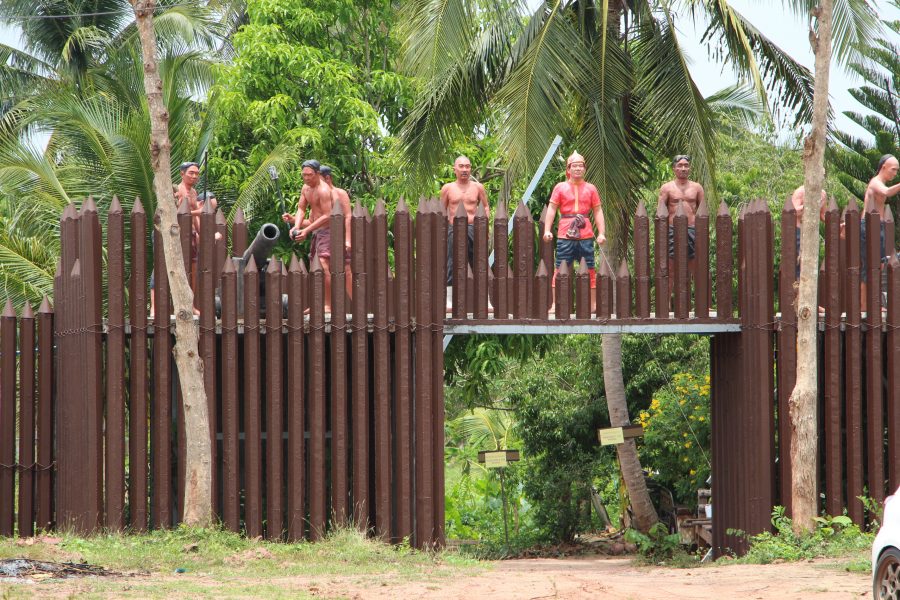
Situated on the river plains of Samut Songkram lychee has was planted first there in Thailand in 1797, and was found in Tambon Bangsakae, Ampoe Bangkhontee, and Tambon Muangmai, Ampoe Amphawa with the 200 years old lynchee tree is growing strong and bearing fruit today. The most popular lychee varieties in Samut Songkram province are called “Kom Lamjeak”, which is recognized as Queen of Lychee Maeklong. Besides, there are other lychee varieties such as Kalok, Sampaokaew, and Salaektong. Lychee bears fruit every year from March to April.
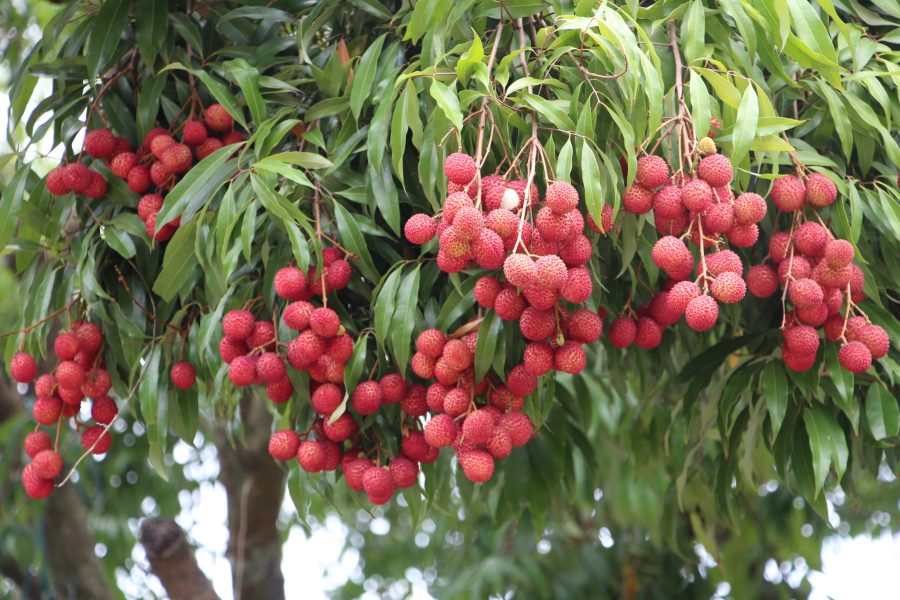
Still hungry after feeding on lynchee’s we highly recommend Ranjuan Amphawa, this beautiful restaurant serves authentic Thai cuisine our favourites; fried rice, roasted duck, coconut curry, mussels, and their signature dish grilled river prawns, aroi mak!
